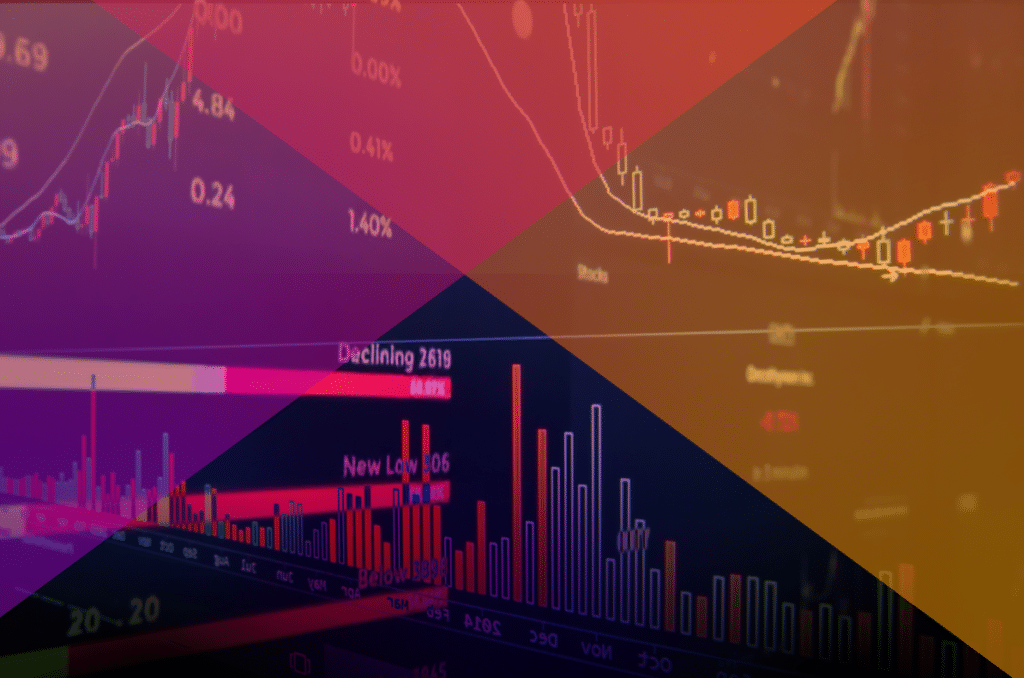

In cash equities traders can access a suite of pre-trade data in order to decide how to best execute a trade, but that information has been somewhat absent for listed derivatives.
Darren Smith, Head of Listed Derivatives EQS at Liquidnet, said that one of the things that really stood out in the listed derivatives market is how much money and effort has been expended in providing post-trade data, which is clearly important and needed to satisfy regulatory requirements. However, post-trade data absent of pre-trade context offers little value at the point of execution.
“Pre-trade data can really make a difference in terms of how to execute an order,” Smith added. “It is differentiated from transaction cost analysis (TCA) because it is actionable intelligence.”
Over the last six months, and during the last couple of years of the pandemic, rapid changes in market conditions affected the ability to execute an order of a given size.
In cash equities pre-trade data such as liquidity, market structure, participation and volume is readily available but that has not been the case for listed derivatives. The market has been dominated by incumbents who, it might be argued, have little incentive to provide pre-trade data on an agency basis, but the process is now changing according to Smith.
“We are trying to broaden the use case away from market-making, quant and prop trading by bringing pre- and point-of-trade intelligence to investors who have not necessarily had access to that information in a usable format,” he added. “We are very much following the Liquidnet ethos as a ‘technology first’ agency broker.”
Small and medium-sized asset managers may not have the resources to employ a team of quants or data specialists whilst larger asset managers will often have these capabilities set up as a distinct business function. To date there has been less focus on opening up these tools in such a way that they can be easily implemented at the trading desk level as well.
The demand for pre-trade data has also grown as investors are increasingly focussed on the efficiency of their multi-asset execution process, due to continuing margin pressures and the need to do more with less resources. In addition, there is a significant consolidation taking place in the asset management industry with many different funds and strategies being brought under one roof, leading to more diverse asks of specialist traders.
Therefore, we are seeing a need for buy-side firms to empower their trading function via easily consumable quant support, in real-time, at both a market and order level basis. Alpha preservation in the trading process can be significantly enhanced when those pre-trade analytics are implemented. For example, a fixed income specialist may have been busy trading in emerging markets bonds, then FX options and then have a large European stock futures order drop into their order blotter – all of which might occur 15 minutes after a big data release.
Smith said: “Through a very quick interaction with our data, the trader will have instant access to a real-time assessment of the liquidity state in listed derivative instruments that could be used to inform a subsequent trading decision.”
Liquidnet collects raw, low level data from derivatives exchanges, cleans and collates the information, then calculates and makes available summary metrics to clients on a near real-time basis for a substantial universe of macro products that are most interesting to institutional investors.
The firm plans to release its first series of pre-trade metrics for listed derivatives in the late summer with early beta versions already available. Meanwhile Smith hints at a further phase of delivery that begins to make use of Liquidnet’s ongoing research into non-visible liquidity.
Smith explained that if clients are using algo “wheel” logic, they can further enhance the decision tree by integrating Liquidnet pre- and point-of-trade liquidity data rather than referencing static measures of order size. They can also receive alerts to route the order to a trading desk if necessary.
“Clients are demanding real-time liquidity analytics, and want to make use of it,” said Smith. “With no skin in the market making or trading game, Liquidnet is motivated and aligned in bringing quant techniques to the buy-side client trading desk.”








